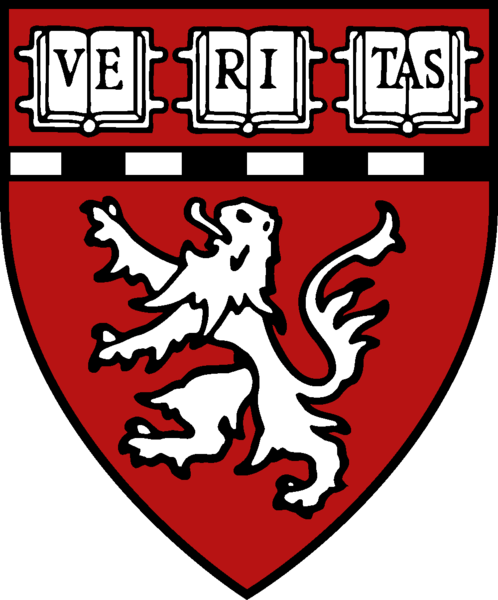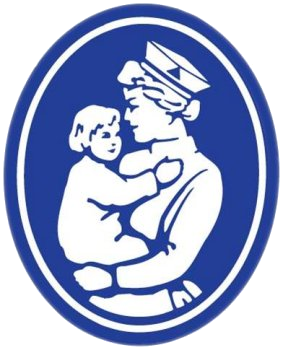


Chapter 16: Probabilistic Codes and Hierarchical Inference in the Brain
Karl Friston
Wellcome Trust Centre for Neuroimaging,
This chapter addresses the nature of population codes by assuming that the brain has evolved to enable inference about the causes of its sensory input. This provides a principled specification of what neuronal codes have to represent: they have to encode probability distributions on the causes of our sensations. We attempt to address how these distributions are encoded by casting perception as an optimization problem. We propose a model in which recognition arises from the dynamics of message passing among neuronal populations. The model is consistent with our knowledge of intrinsic and extrinsic directed connections in the brain. The model equates perception with the optimization or inversion of internal models of how sensory input is generated. Given a generative model that relates environmental causes to sensory signals, we can use generic approaches to model inversion. This corresponds to mapping from the sensory signals back to their causes—that is, to recognize stimuli in terms of neuronal activity patterns that represent the causes of sensory input. The model’s hierarchical and dynamical structure enables it to recognize and predict sequences of sensory events. We first consider population codes and how they are constrained by neuronal recognition schemes. We then show that the brain has the necessary infrastructure to implement recognition under a particular form of probabilistic code (a Laplace code). We present a simulation of a bird brain that generates and recognizes birdsongs. We conclude with a simple neuroimaging experiment that tests some of the theoretical predictions entailed by this approach in the context of the human visual system.
Keywords: Generative models, Predictive coding, Hierarchical, Dynamic,
Nonlinear, Variational, Birdsong.